
Maintaining a lush and healthy lawn is a dream for many homeowners, but it can be a challenge, especially in areas prone to drought. However, with the right choice of grass, you can have a beautiful lawn that can withstand dry conditions without the need for excessive irrigation. In this article, we will explore the types of drought - tolerant grass that can help your lawn bounce back from dry spells.
One of the most popular drought - tolerant grasses is Bermuda grass. Bermuda grass is known for its excellent heat and drought resistance. It has a deep root system that allows it to access water from deeper soil layers. This grass spreads quickly through stolons and rhizomes, forming a dense turf that can outcompete weeds. Bermuda grass thrives in full sun and is commonly used on golf courses, sports fields, and home lawns in warm - climate regions. During dry periods, Bermuda grass may go dormant, turning brown, but it will quickly green up again once water becomes available.
Another great option is Zoysia grass. Zoysia grass is a slow - growing grass that forms a thick, carpet - like lawn. It has a high tolerance for drought, heat, and shade compared to some other grass types. Its deep roots help it survive long periods of dry weather. Zoysia grass also has good wear resistance, making it suitable for areas with heavy foot traffic. Although it may take a bit longer to establish, once it does, it requires less water and maintenance. During drought, Zoysia grass can enter a semi - dormant state, but it will recover well when watered.
Fescue grass is a cool - season grass that also offers some drought - tolerance. There are different types of fescue, such as tall fescue and fine fescue. Tall fescue has a deep root system and can tolerate drought better than many other cool - season grasses. It can grow in a variety of soil types and is known for its durability. Fine fescue, on the other hand, is more shade - tolerant and can also withstand dry conditions to some extent. Fescue grass is often used in mixtures with other grasses to create a more resilient lawn. In dry conditions, fescue may slow down its growth, but it will generally maintain its color better than some warm - season grasses.
Buffalo grass is a native North American grass that is extremely drought - tolerant. It has a low water requirement and can survive with as little as 10 - 12 inches of annual rainfall. Buffalo grass has a fine texture and a blue - green color. It grows slowly and requires less mowing compared to other grasses. This grass is well - adapted to dry, sunny areas and can form a beautiful, natural - looking lawn. During drought, buffalo grass may turn brown, but it will revive quickly with minimal watering.
When choosing drought - tolerant grass for your lawn, it's important to consider your local climate, soil type, and the amount of sunlight your lawn receives. You should also prepare the soil properly before planting. This may involve testing the soil, adding organic matter, and ensuring proper drainage. Once the grass is planted, you can follow some best practices for lawn care. For example, water deeply but infrequently to encourage the roots to grow deeper. Avoid over - fertilizing, as this can increase the grass's water needs. Mow at the appropriate height for the type of grass you have, as cutting the grass too short can stress it and make it more vulnerable to drought.
In conclusion, by selecting the right drought - tolerant grass and following proper lawn care techniques, you can have a lawn that is both beautiful and resilient. These grasses can help your lawn bounce back from dry conditions without relying heavily on irrigation, saving you water and money in the long run. So, take the time to choose the grass that suits your needs and enjoy a healthy lawn even in the face of drought.

The Secret to Squirrel - Free Potted Plants
The Secret to Squirrel - Free Potted Plants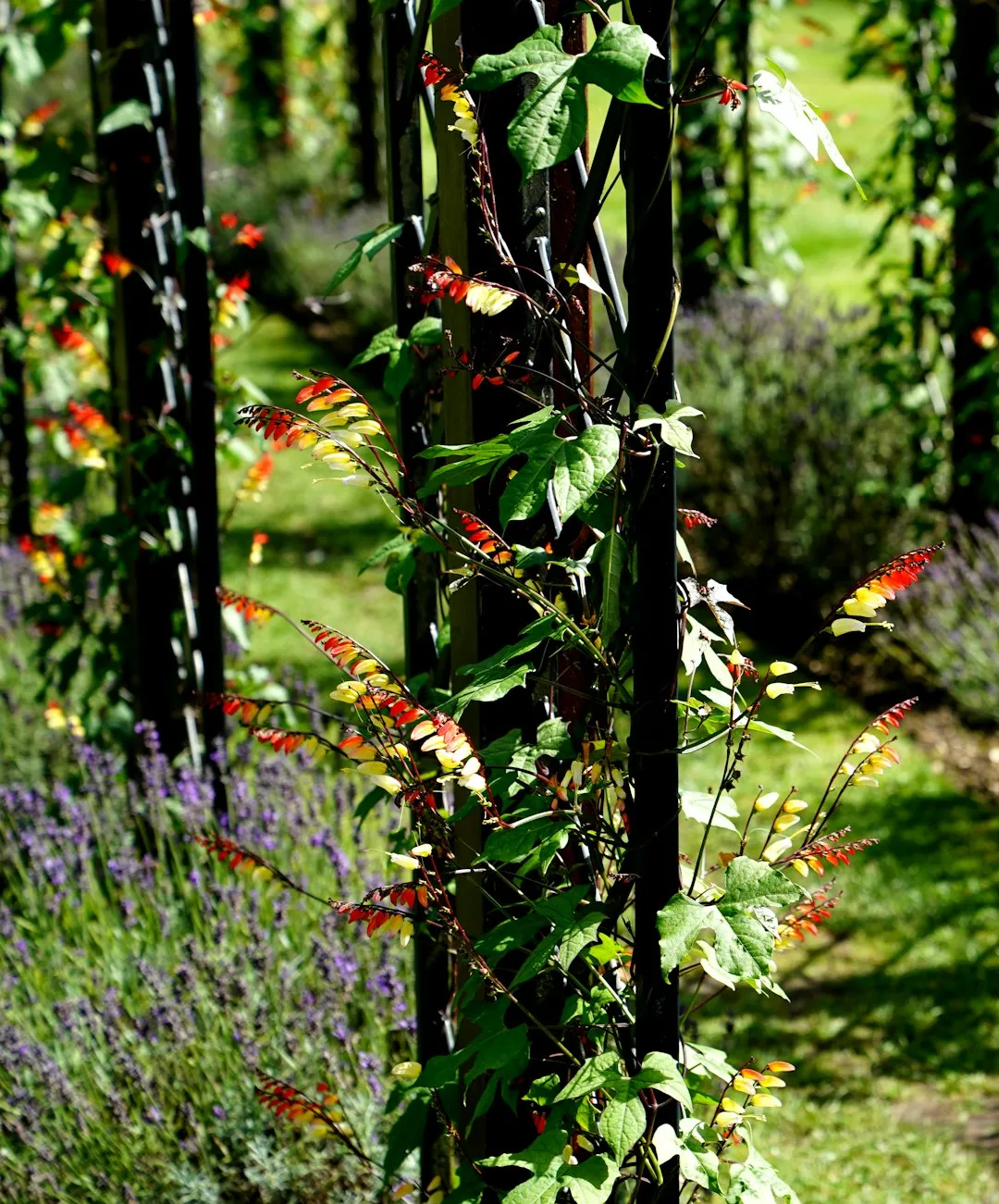
Sweet Rewards: Cultivating Berries in Containers
Sweet Rewards: Cultivating Berries in Containers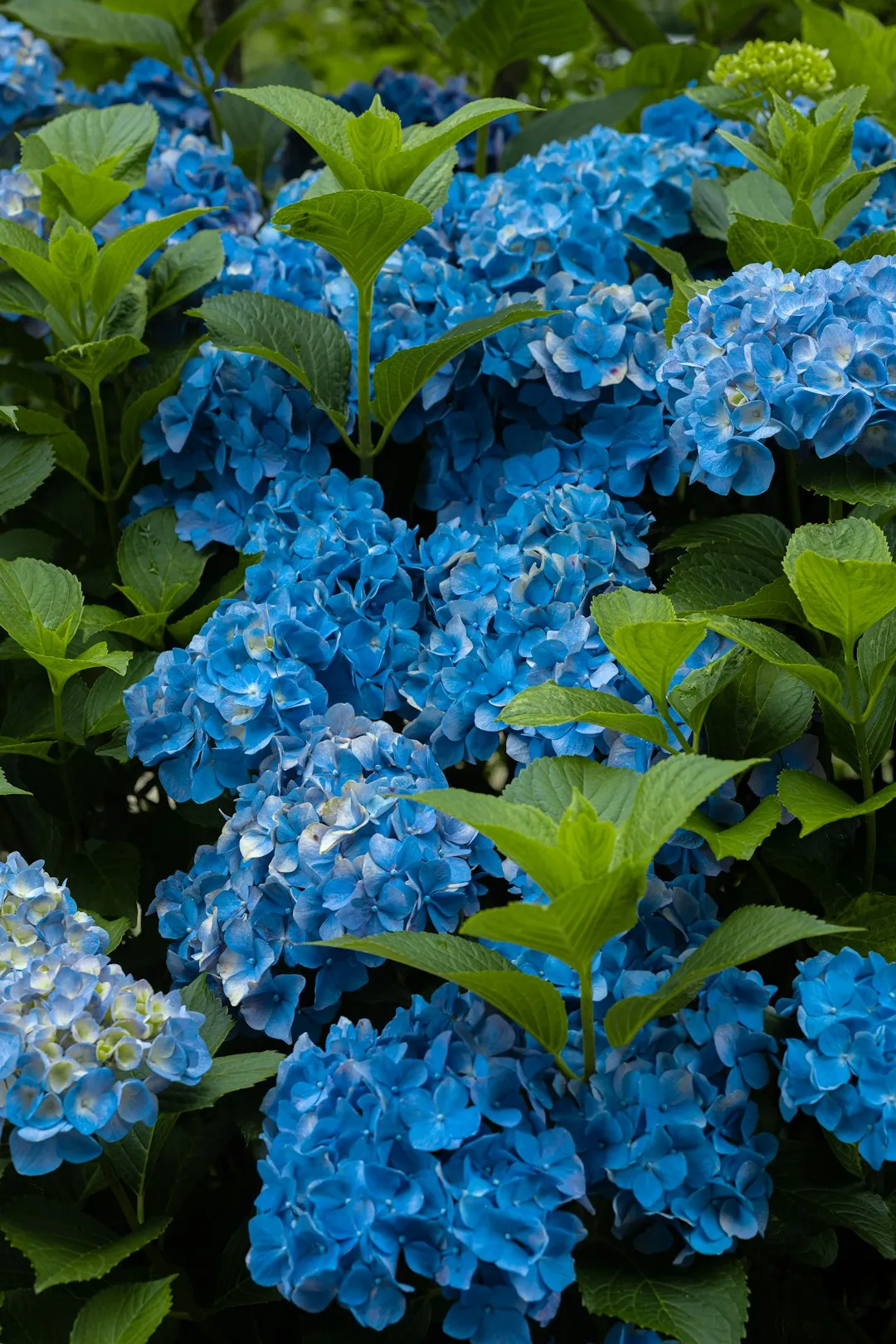
Unveiling the Secrets of a Stunning Lawn
Unveiling the Secrets of a Stunning Lawn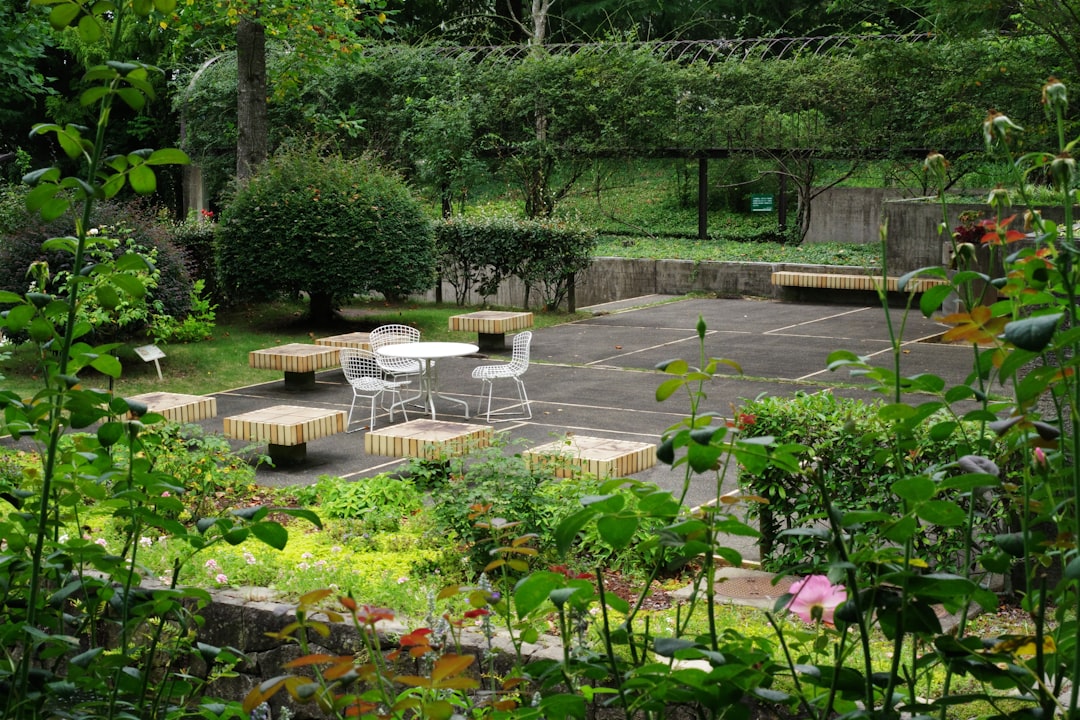
Fall Lawn Maintenance: The Key to a Healthy Yard in Winter
Fall Lawn Maintenance: The Key to a Healthy Yard in Winter
The Secret to Soil Amendment Without Uprooting Your Plants
The Secret to Soil Amendment Without Uprooting Your Plants
Unleash Your Garden's Potential: The Art of Seed Collection
Unleash Your Garden's Potential: The Art of Seed Collection
Pre - Summer Yard Care Essentials
Pre - Summer Yard Care Essentials
Weathering the Storm: Nurturing Your Garden in Extreme Conditions
Weathering the Storm: Nurturing Your Garden in Extreme Conditions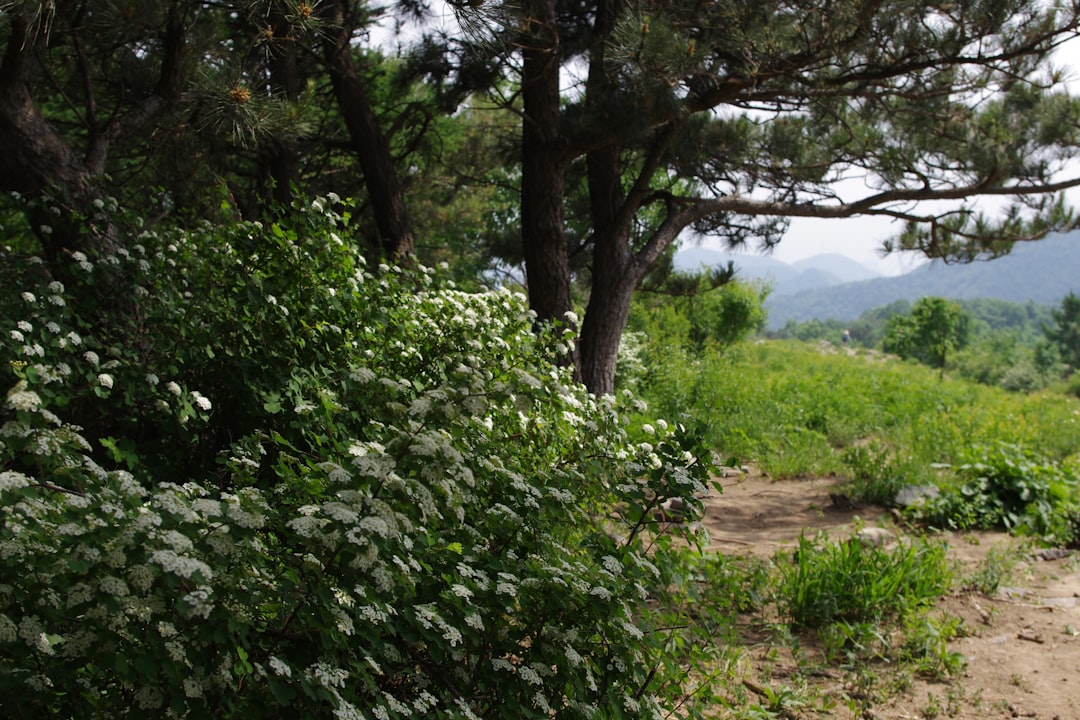
Summer Pruning: The 10 Flowering Plants to Leave Alone
Summer Pruning: The 10 Flowering Plants to Leave Alone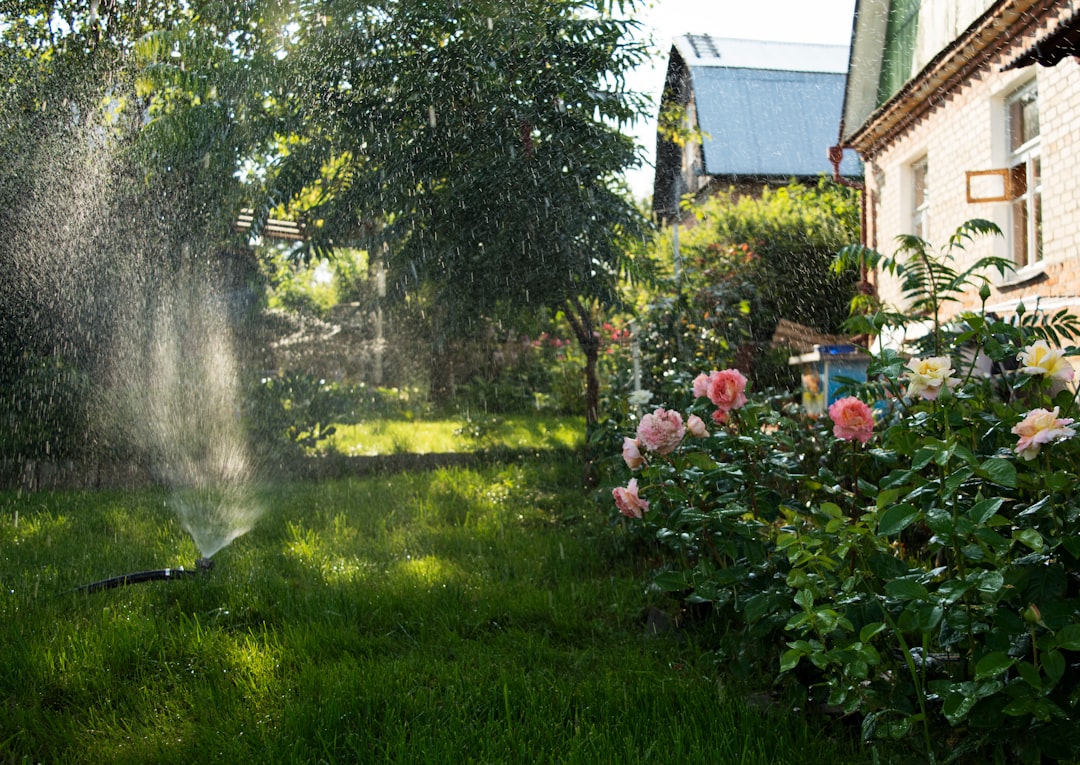
Unveiling the Hidden Gems of Perennial Gardening
Unveiling the Hidden Gems of Perennial Gardening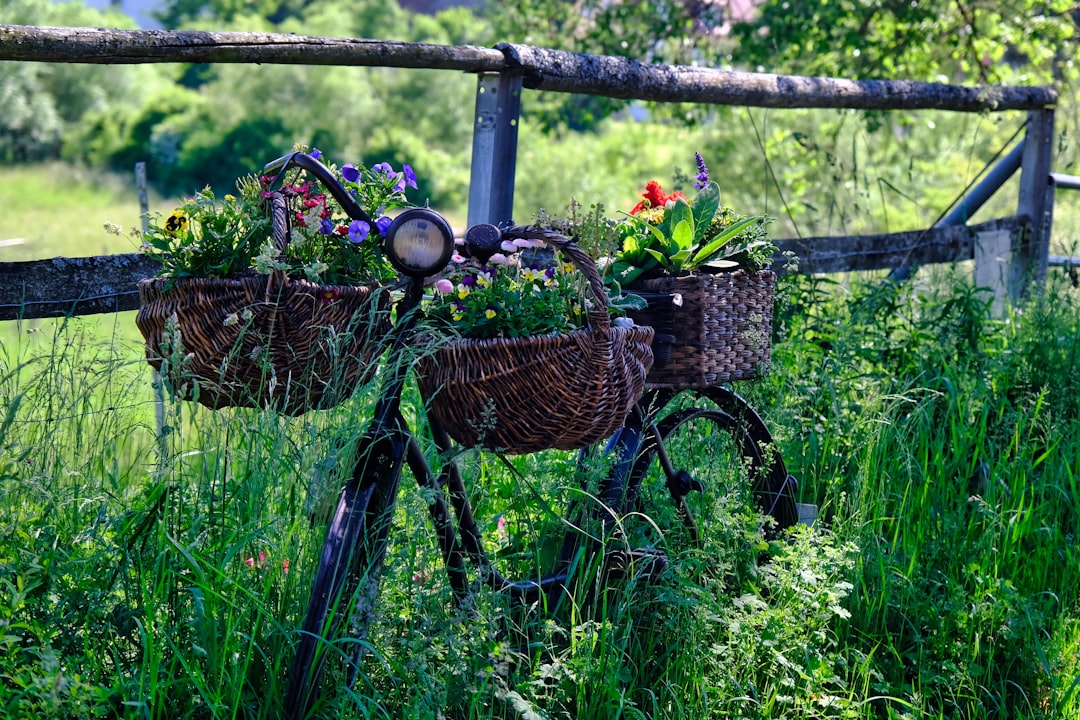
Unleashing the Beauty of Perennial Black - Eyed Susans in Your Garden
Unleashing the Beauty of Perennial Black - Eyed Susans in Your Garden
Unveiling the Secrets of Trillium Growth
Unveiling the Secrets of Trillium Growth
The All - Season Charm of Sedum Plants
The All - Season Charm of Sedum Plants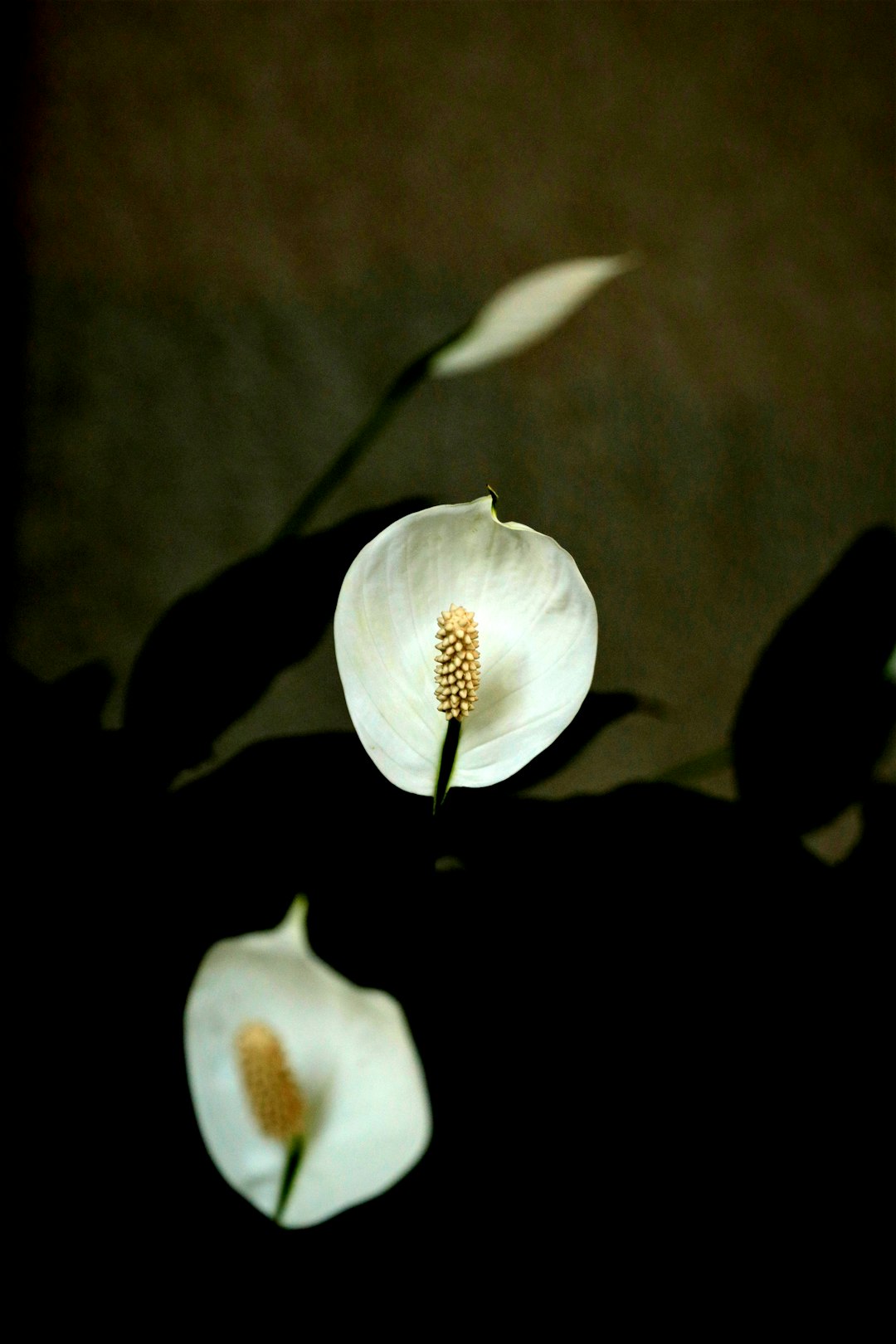
Banishing Snakes from Your Yard: Simple Solutions
Banishing Snakes from Your Yard: Simple Solutions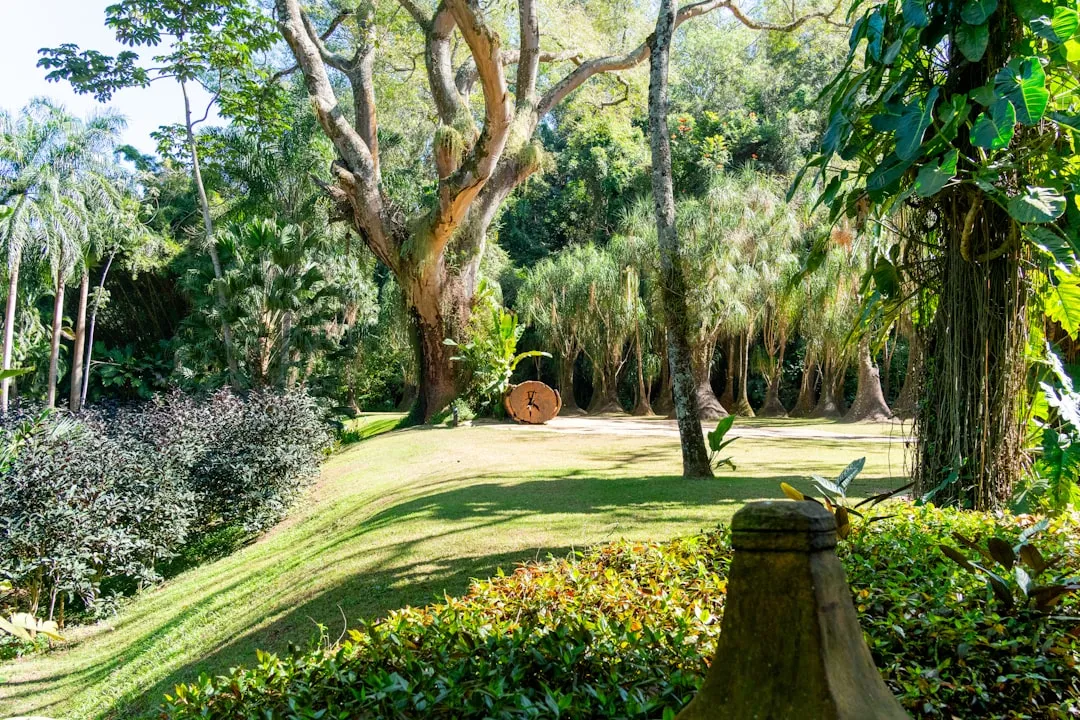
Secrets to a Bug - Free Garden: Conquering Squash Bugs Naturally
Secrets to a Bug - Free Garden: Conquering Squash Bugs Naturally
Transform Your Yard: Banish Crabgrass for Good
Transform Your Yard: Banish Crabgrass for Good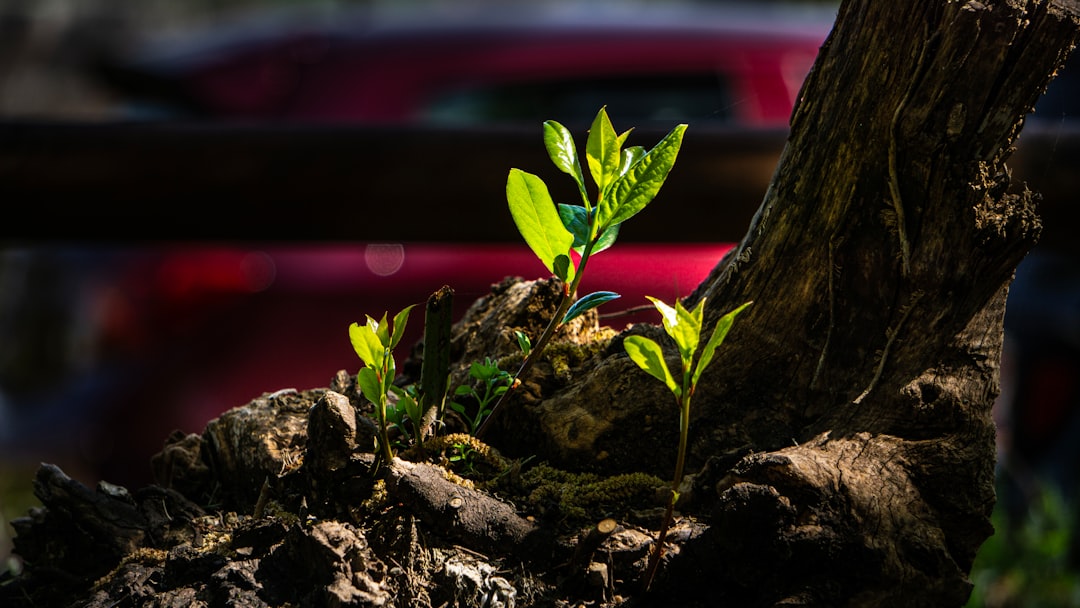
Unveiling the Wonders of a Low - Sun Garden
Unveiling the Wonders of a Low - Sun Garden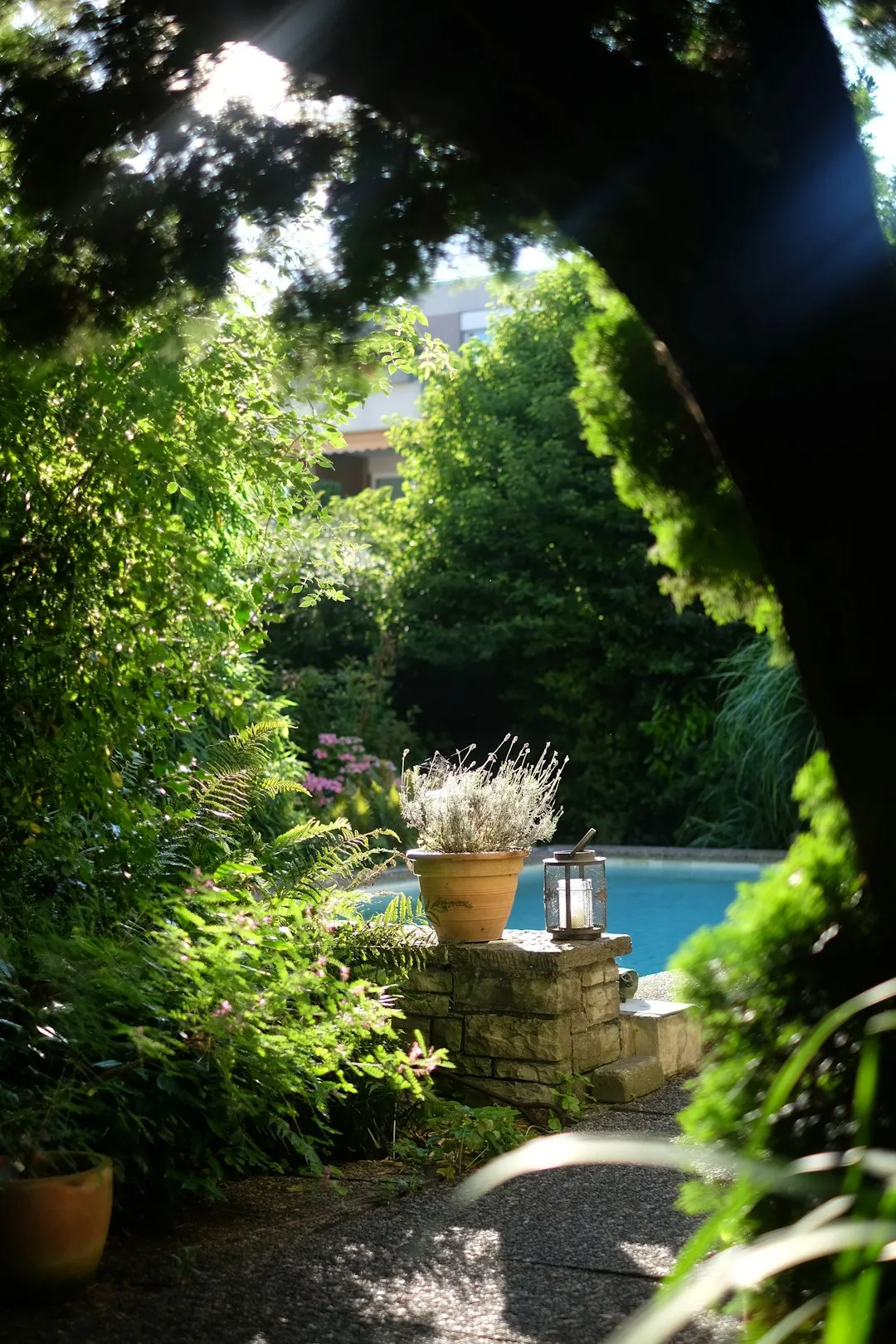
Unleash Your Garden's Potential: The Magic of Lasagna Gardening
Unleash Your Garden's Potential: The Magic of Lasagna Gardening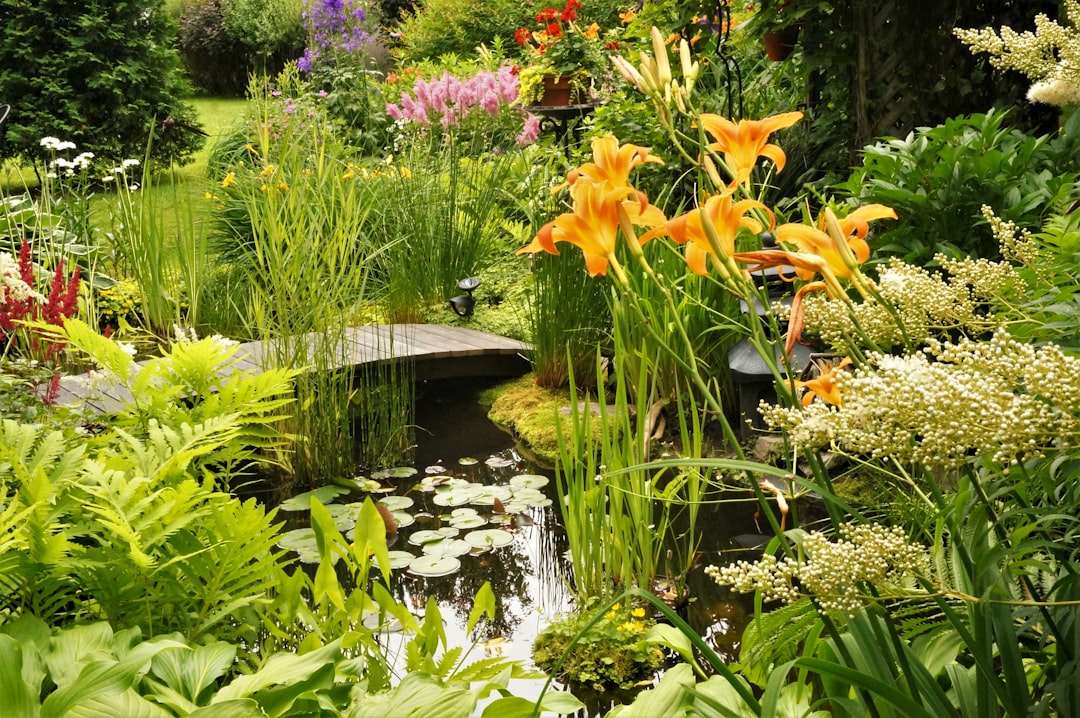
Unveiling the Mysteries of Lunar Gardening
Unveiling the Mysteries of Lunar Gardening
Unleash Your Inner Herbalist: A Guide to Indoor Herb Gardening
Unleash Your Inner Herbalist: A Guide to Indoor Herb Gardening